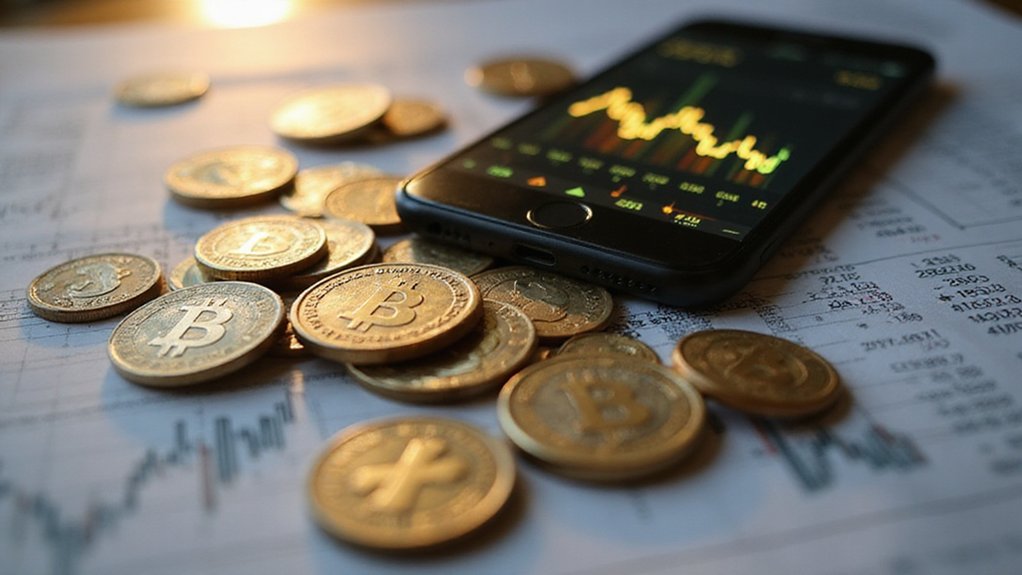The institutional crypto arms race has claimed another participant, with Kraken launching its Prime brokerage platform in June 2025—a full-service solution that consolidates trading, custody, and financing into what the exchange hopes will become Wall Street’s preferred gateway to digital assets. The timing suggests either prescient market positioning or remarkable coincidence, arriving precisely as regulatory clarity finally emerges from Washington’s perpetual fog of bureaucratic indecision.
Kraken Prime targets the usual suspects: hedge funds, asset managers, and corporates who’ve spent years circling crypto like cautious predators, waiting for infrastructure mature enough to support their particular brand of institutional paranoia. The platform promises best execution across 20+ global venues, covering over 90% of digital asset market liquidity—a claim that, if accurate, represents genuine technical achievement rather than marketing hyperbole.
The competitive landscape reads like a Silicon Valley fever dream, with Kraken now squaring off against Coinbase Prime and FalconX in what amounts to a high-stakes battle for institutional wallet share. Each platform fundamentally promises the same thing: transforming crypto’s Wild West reputation into something resembling traditional finance’s carefully regulated ecosystem. Whether institutions actually want this transformation remains an open question, though their dollars suggest otherwise. Meanwhile, Coinbase’s own trajectory reflects the sector’s broader challenges, with its stock experiencing significant volatility that mirrors the uncertain institutional appetite for crypto exposure.
The institutional crypto land grab intensifies as platforms race to domesticate digital assets for Wall Street’s comfort.
Particularly intriguing is Kraken’s qualified custody offering through Kraken Financial, a U.S.-chartered banking entity that provides the regulatory wrapper institutional clients apparently require to sleep soundly. Direct trade execution from custody eliminates counterparty risk—a feature that sounds mundane until one considers crypto’s historical relationship with sudden, inexplicable disappearances of client assets.
The platform’s 24/7 white-glove service acknowledges crypto’s inconvenient habit of operating outside traditional market hours, while asset-backed lending and T+1 credit facilities represent clear attempts to replicate prime brokerage economics in digital format. Smart order routing promises ideal execution across on- and off-platform liquidity, though the effectiveness of such systems typically correlates inversely with their marketing prominence. The platform’s infrastructure has been specifically tested for volatility, recognizing that crypto markets can turn savage without warning.
Kraken’s broader strategic moves—including the $1.5 billion NinjaTrader acquisition and planned tokenized equity trading—suggest genuine commitment to bridging crypto and traditional finance, rather than merely extracting fees from the intersection. The tokenized equities will leverage a partnership with Backed Finance to ensure 1:1 backing with actual shares. Whether Wall Street reciprocates this enthusiasm remains the ultimate test of institutional crypto adoption.









